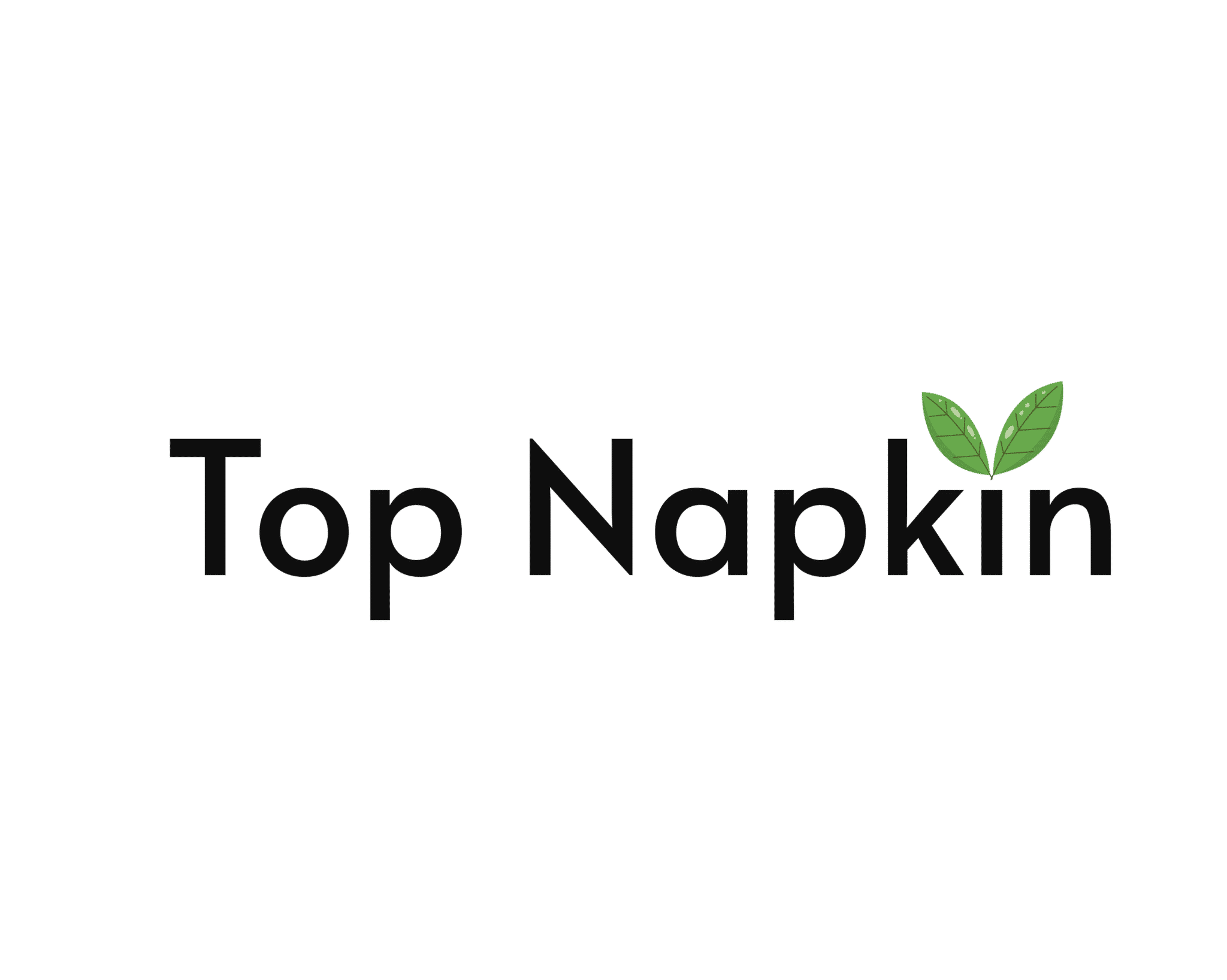1. Definition and core functions of adhesive lamination
Adhesive lamination refers to the process of bonding two or more layers of materials (such as non-woven fabric + PE film, or double-layer tissue paper) into a single functional material using an adhesive. Its core functions include:
1. Enhancing physical properties:
By increasing loftiness, the thickness of the tissue paper is enhanced, improving absorbency without making the tissue paper feel too stiff. After lamination, tensile strength increases by 40%-60% (data source: Nonwoven Fabric Technology 2025), making it particularly suitable for applications requiring tear resistance, such as wet wipes.
2. Functional integration:
For example, combining an antimicrobial layer with an absorbent layer to achieve dual functionality in medical dressings.
3. Cost optimization:
Replacing single-layer thick materials with laminated thin-layer materials reduces raw material costs by approximately 15%-20%.
2. Adhesive Lamination Process and Key Technologies
1. Adhesive Selection:
-
Water-based adhesive (Eco-friendly, ~30% market share): Solvent-free, but requires high energy for drying. Topnapkin’s air tissue adopts eco-friendly water-based adhesive, which is more costly but healthier and more sustainable.
-
Hot-melt adhesive (Fast-curing type): Suitable for high-speed production lines, with bonding strength of 8–10 N/cm² (ASTM D903 standard).
2. Comparison of Lamination Methods:
| Type | Speed (m/min) | Applicable Materials | Drawbacks |
|---|---|---|---|
| Dry lamination | 50–150 | Film + Nonwoven fabric | Risk of solvent residue |
| Wet lamination | 30–80 | Paper + Breathable film | Requires drying; high energy consumption |
3. Quality Control Points:
Key parameters include adhesive amount (typically 5–10 g/㎡), temperature (120–160 °C for hot-melt adhesive), and tension adjustment.
3. Application Scenarios and Industry Trends
1. Mainstream Applications:
– Wet wipes (accounting for 65% of the composite tissue market): Use PE film lamination to prevent leakage;
– Medical dressings: Composite hydrocolloid layers enhance wound adhesion.
– Air tissue: Increases thickness by enhancing loftiness for greater softness and comfort.
2. Environmental Upgrades:
– Use of bio-based adhesives (e.g., starch-based adhesives) has grown by 12% annually (according to the Smithers 2023 report);
– R&D costs for biodegradable composite materials have decreased to 1.2 times that of traditional materials.
4. Frequently Asked Questions
– “Is airlaid tissue safe?”: Water-based adhesive products compliant with FDA/GB standards pose no toxicity risks;
– “Can households DIY?”: Not recommended, as professional equipment requires precise temperature and pressure control.
In the future, as recyclable designs (such as single-material composites) become more widespread, this technology will further replace traditional lamination processes.
